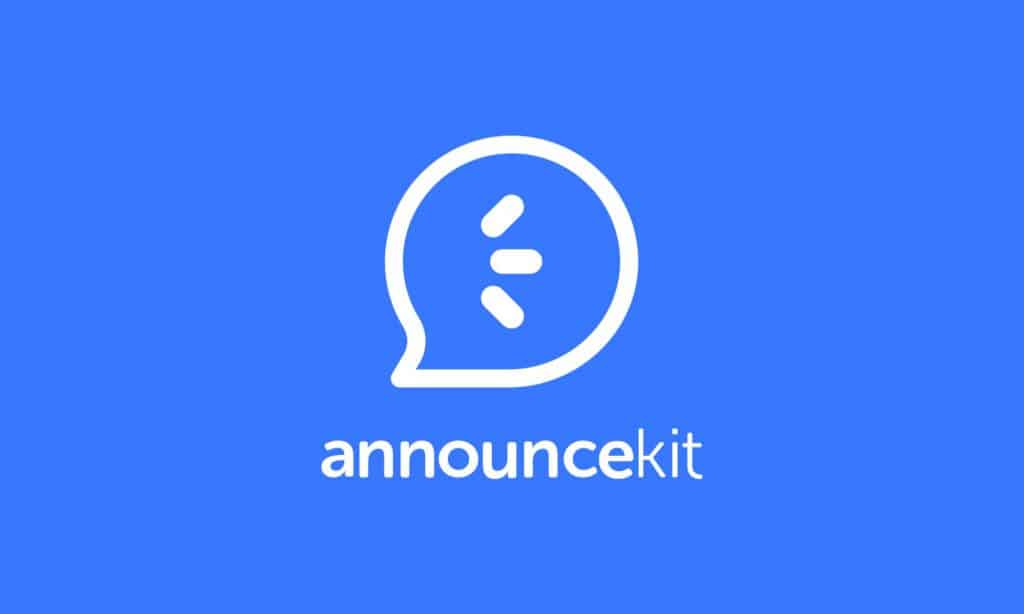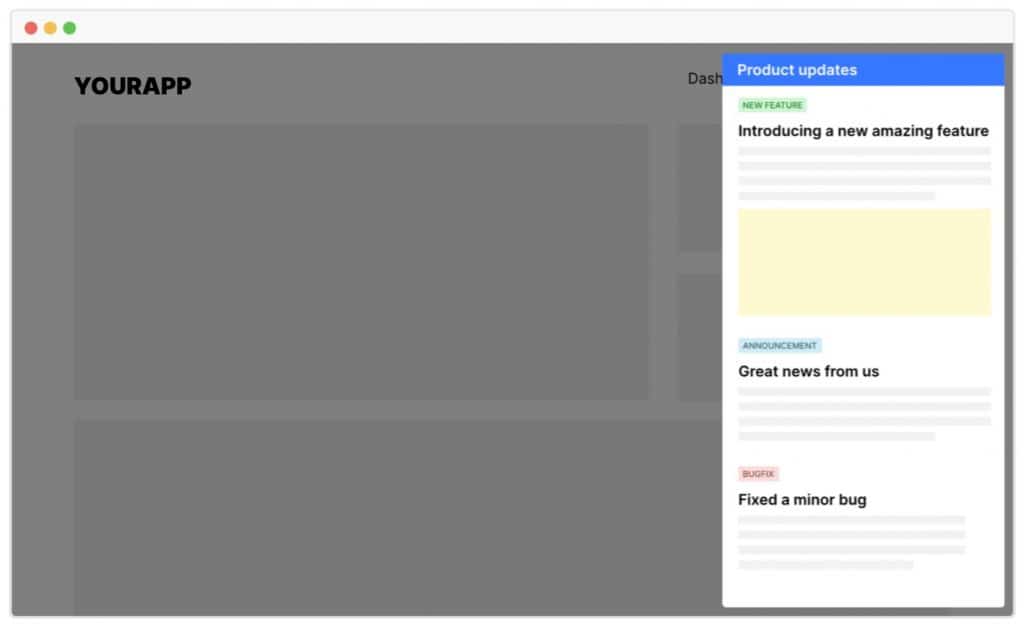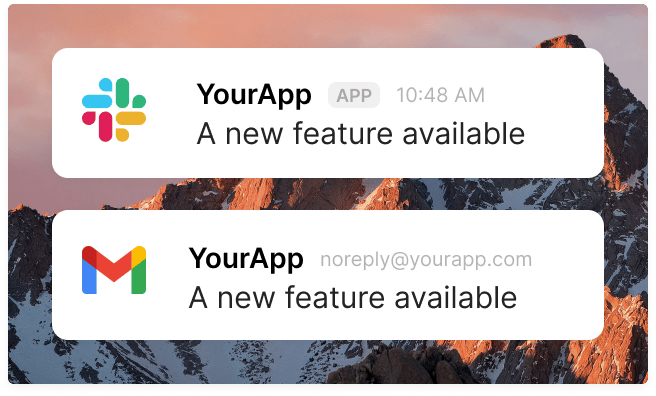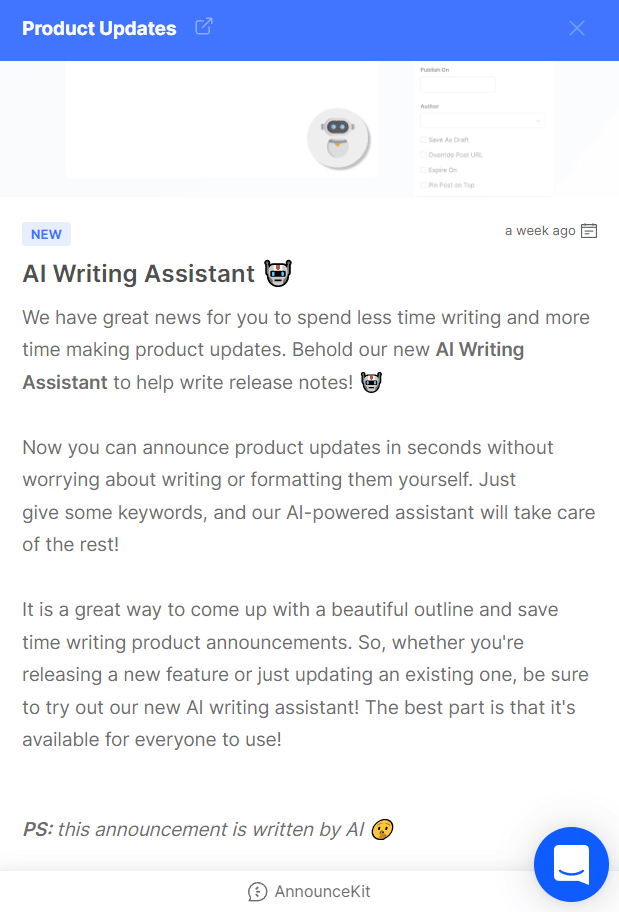Product marketing KPIs have been guiding SaaS companies in the field of marketing for a long time. You ask why? Imagine making moves or deciding on the future of your marketing strategy without certain metrics, relying only on your feelings.
This would be the biggest mistake you would make. Your emotions may change against external factors. However, numbers and data are not affected by external factors. They only tell the truth. 🗝
Marketing product strategy is all about generating demand and knowing your target audience. To better understand how companies’ marketing efforts are going, SaaS companies use some key KPIs. Not using KPIs when creating and implementing a product marketing strategy is like running a marathon with your eyes closed. 🏃♂️
I’ll help you understand your marketing performance by explaining key product marketing KPIs and getting insights from your marketing efforts. Let’s start! ⚡
How do you measure the impact of a product in marketing? 👀
The primary goal of product marketing is to convey the positive effects of the product to the user. You convey your product to users with its prominent features. You try to convince your potential users that they will benefit from your product. This is the purpose of product marketing.
Do product marketing teams work alone to achieve sales targets? The answer is of course no. Coordinated work is carried out with many units in the SaaS company. The product team, the customer support team, and the sales team work together to produce the most perfect marketing deliverables by combining all the possibilities and materials. 🤝
A lot of content meets potential customers through various channels. So how do we measure the success of all the work done? The revenue generated by the product may not always give us the right answers. ❓
We need more to fix some problems and improve performance. Yes! We need some Product Marketing KPIs to measure the performance of our product marketing success!
What is the best KPI for marketing?
To achieve your product marketing goals, you must be able to measure and fix broken parts of the chain for better results. At this point, some KPIs give you results that can help you.
The best product marketing KPIs to measure your marketing performances:
- Net Promoter Score (NPS)
- Early Churn
- Retention
- Free Trial Conversions
- Product Adoption
Net Promoter Score (NPS) ✍

NPS is the net supporter score that tells you how likely your users are to recommend your product to other users. Here the following question may come to mind. How can product recommendations from existing customers be linked to marketing efforts?
The answer is pretty simple. The second part, which is as important as persuading a user and converting them into sales, is whether that user will recommend your product to someone else.
After a successful customer engagement, you don’t need to do any marketing work a second time. If your users are satisfied with your product, they will do it for you. It is both free and effective for your users to do marketing work for you.
You ask your users the following question: How likely are you to recommend us on a scale of 0 to 10? Users give scores from 0 to 10 and are divided into several sections. This way we include them in a specific group:
- 0 to 6: Detractors
- 7-8: Passives
- 9-10: Supporters
If the number of supporters in the survey results is lower than the other two groups, we can easily say that there are points that you need to correct. All you need to do is to increase the number of supporting users. This will naturally increase your revenue.
Net Promoter Score is one of the most important Product Marketing KPIs. You can also check out our article on NPS. You will find great tactics to increase your Net Promoter Score.
Early Churn 🤐
Early churn can give you insight into your customer onboarding process. When you look at the big picture, it shows that some of your marketing efforts are wasted. When the early churns keep coming, when you look at your Product Marketing KPIs, you may encounter a picture that will upset you.
There are several ways to calculate early churn, but a common method is to take the number of customers who unsubscribed in the first 30 days and divide it by the total number of customers you acquired in the same time period.
Many reasons can be listed for early churn. Your product may not be suitable for your users. Users who are not well guided in the customer engagement process can also easily give up on the product. Whatever the cause, it’s important to pay attention to early churn and work to improve them over time.
I always use the phrase to explain the importance of early loss: trying to fill a glass that has a hole in it is a waste of time. No matter how hard you try, you will continue to lose water.
Focus on closing holes in your product or customer engagement process.
Retention 🔄

Retention measures how often customers use your product or service over time. A high retention rate indicates that your product is the ideal product for your users. In the opposite scenario, you need to change something for your product.
You can apply the following formula to calculate customer retention rate. 🧮
Customer Retention Rate (CRR) = [(E-N)/S] x 100
- E = Your total number of users at the end of a certain period.
- N = Your number of new users in a certain period
- S = Your current number of users at the start of a certain period
There are several ways to improve retention. One of them is to encourage your users to use your product by offering incentives. The other is to make your product simpler and more user-friendly. Maybe your product is a little more complex than you think.
Finally, it is to make your users feel valued by providing a great customer support experience and supporting them whenever they need you. Increasing the retention rate within the Product Marketing KPIs will open the door to success for your product! 🏋️♂️
Free Trial Conversions 💸
Free trial conversions are one of the most important Product Marketing KPIs that directly show your product’s marketing performance. This metric represents the percentage of users who signed up for your free trial. Increasing this ratio as much as possible gives you a chance to expand your user portfolio.
You can make encouraging offers by reaching out to users who have reached the end of the free trial period. You’ll notice that the funnel is getting narrower and they are just users who are inclined to buy.
It is always easier to persuade and convert users who are starting to experience and benefit from a product. For example, you have released a new drink and you’re trying to sell that drink while it’s still in the bottle.
The user is unsure about getting something he never knew. However, when they taste the product, you are more likely to sell it.
To calculate the visitor’s free trial conversion rate, you need to divide the number of visitors who signed up for the free trial by the total number of visitors.
Visitor conversion rate joining free trial = visitors signing up to free trial / total visitors
Product Adoption 🏋️♂️
Product adoption rate is the biggest indicator that you are producing a successful product. Users of products with high adoption rates are also big advocates of your product. Depending on the product adoption rate, you can also measure the success of other work you do.
Because adoption is the result of a process and many departments contribute to this rate. For example, your customer support team guiding your users in case of they need.
Product adoption rate is the percentage of total users who actively use a new product over a period of time.
When calculating this metric, we use the following formula: Product adoption rate = Number of active users / Total number of users
How does AnnounceKit help its users with product adoption rates? 🚀

AnnounceKit is a SaaS product that helps companies deliver product updates and news to their customers, increase feature adoption and build customer trust.
So how does AnnounceKit help increase product adoption rates?
Let’s say you’re good with technology. It can be easy for you to spot a newly developed product feature. However, not every user may be as tech-savvy as you are. Product adoption increases as features are used.
You can develop as many products as you want. In fact, many of these features may be trending features in your field. These features are meaningless unless they are noticed by users.
You need to effectively convey announcements and product features to users. This is where AnnounceKit comes into play!
Product updates inside your app:

You can use eye-catching notifications to highlight your product announcements, updates, improvements and news while your customers are using your app.
Boost important announcements:

There are always some updates that your users shouldn’t miss. Therefore, you can grab the attention of your visitors by enabling Boosters for important announcements.
Reach out customers via multiple channels:

You can reach your customers through all available communication channels. With Slack, email, and mobile notifications, you can ensure your customers are constantly in the loop, even if they don’t visit your website regularly.
Use the power of AI writing assistant:

Spend less time on writing product announcements, and release notes. Just give a few keywords and some context, and Our AI-powered writing assistant will come up with a beautiful solid outline for your product announcement.
Conclusion
In SaaS companies, understanding your Product Marketing KPIs and metrics is crucial to measuring of your product marketing outcomes. When choosing your KPIs, make sure they’re relevant and measurable.
If your product marketing results aren’t reaching the numbers you expected, go back and reassess what went wrong with the metrics in mind. Remember that it’s better to keep changing your strategies and try again rather than giving up too soon.
It would be wise to guide your future moves in the light of data! 🧠

Quick Setup, Easy To Use, and Many Integrations
Manage your product announcements from a single place and easily distribute them
across multiple channels






